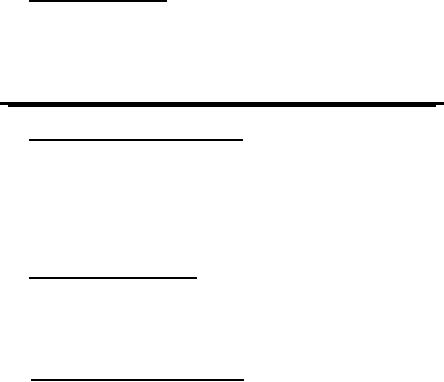 |
|||
|
Page Title:
Molding compound properties after curing. |
|
||
| ||||||||||
|
|  MIL-M-48245B(AR)
4.5.3.4 Peak exotherm. The peak exotherm produced by mixing
the components as specified in 4.5.3.1 shall be measured with a
thermocouple centered in a 100 cubic centimeter volume contained in
a three ounce cup, placed in a bath at 160F and using the methods
and procedures specified in ASTM-D-2471.
4.5.4 Molding compound properties after curing.
4.5.4.1 Specimen preparation.
Test specimens shall be cast in
suitable molds, as required for the testing for conformance to Table
II. Resin and hardener shall be prepared,-mixed and degassed as
specified in 4.5.3.1, then poured into the molds. Test bars shall
be cast using best commercial practice including vibration and
evacuation as necessary. The material shall be cured for 40 1/2
hours at 160 5F.
The specific gravity shall be
4.5.4.2 Specific qravity.
determined in accordance with ASTM-D-792, Method A-1, on three (3)
samples approximately 1.5 inches long taken from test bars cast
without overflow in vertical 1/2 inch by 1/2 inch by 6 inch molds
and allowed to cool slowly.
4.5.4.3 Compressive strength. The compressive strength shall
be determined as specified in ASTM-D-695. The specimens shall be a
right prism with dimensions 0.5 inch by 0.5 inch-by 1.6 inches.
Five specimens shall be tested. The end faces of each specimen
shall be flat, parallel to each other and perpendicular to the sides
to within .003 inches total variation. The cross sectional area of
each specimen shall be determined by measuring the two 0.5
dimensions within .001. All dimensional measurements shall be made
immediately prior to testing. Specimens shall be conditioned and
tested as specified in the above test method. A compressive
force/compressive deformation chart shall be made for each specimen
using a deflectometer and suitable automatic recording device. The
sensor of the deflectometer shall be placed adjacent to the specimen
so as to exclude machine related deflections from the deflection
In addition, a deflection correction factor shall be
measurement.
obtained for the deflection measurement by determining the inherent
deflection in the equipment when the full-scale load is applied to a
specimen of the same length as the test specimen, but which has
(This correction
negligible deflection under the full scale load.
factor is necessary for determining the compressive modulus in
The compressive strength for each test specimen shall be
4.5.4.4.)
calculated by dividing the maximum compressive load carried by the
specimen by the original cross sectional area of the specimen. If
the average compressive strength of the five specimens fails to
comply with the applicable requirement in Table II the molding
compound shall be rejected.
16
|
|
Privacy Statement - Press Release - Copyright Information. - Contact Us |